Airblue crash anniversary: Could lives have been saved?
Victims’ families claim Bhoja crash could have been averted if govt followed court orders.

Family members of the victims of Airblue plane crash mourn. PHOTO: AFP/FILE
Three years after Airblue flight ED-202 crashed into the Margalla Hills, relatives of the victims are still yearning for justice, and wondering how many lives could have been saved if the authorities took remedial action after the crash.
The families of the crash victims were certain that the Bhoja Air crash in April 2012 could have been avoided if the Civil Aviation Authority (CAA) had followed court orders.
In January 2011, the Peshawar High Court (PHC) had ordered the CAA to conduct a safety audit and inspection of airplanes of all airlines and of the CAA’s ground facilities within three months, according to Colonel (retd) Shamim Shaikh.
“Had the CAA conducted the audit on time, the Bhoja crash could have been avoided,” said Shaikh, the north zone coordinator for the Airblue Crash Affectees Group (ACAG).
Hassan Adeel — Shaikh’s 28-year-old son — was one of the 152 passengers and crew members who perished when ED-202 crashed in to Islamabad’s Margalla Hills on July 28, 2010.
Even now, an independent safety investigation board has not materialised and some families have not been compensated.
Airblue sources claimed the airline had paid Rs5.55 million each as compensation to the families of 120 victims, despite having a legal liability of only one million rupees each. The rest of the families have not been compensated because of ongoing litigation.

ACAG members believe private airlines in Pakistan have become untouchable and they claim the PHC’s orders are not being followed.
The PHC had ordered the inspection and audit of aircrafts during the hearing of a writ petition regarding the Airblue crash. The petition was filed in December 2010 by Marvi Memon — an MNA at the time — and the families of some of the crash victims. The next hearing in that case is scheduled for September.
Shaikh claimed that the CAA did not conduct the inspection in a timely manner. CAA spokesperson Mehmood Hussain did not respond when approached for comment.
However, in August 2012, three months after the Bhoja Air crash in Islamabad took the lives of all 127 passengers and crew members on board, lawyers representing the CAA told the PHC that an inspection of aircrafts belonging to all airlines had indeed been carried out.
Qaiser Zulfiqar, an ACAG member who lost his brother in the crash, said the victims’ families are not getting justice because private airlines are colluding against them and also harming national interests.
“Private airlines have strategically destroyed Pakistan International Airlines (PIA) so that their own businesses could grow,” said Zulfiqar. “Even the CAA is under their influence.”
Zulfiqar said the new Aviation Division formed by the federal government has only focused on PIA and the CAA without touching upon private airlines, even though all the recent air crashes in Pakistan are linked to private airlines.
The PHC had also ordered the CAA to reinvestigate the crash with the help of foreign experts, according to AGAC members. Instead, the CAA simply had its old report about the air crash reviewed by foreign experts and resubmitted it in April, Shaikh alleged.
According to the CAA’s earlier investigation report, the flight’s captain, Pervez Iqbal Chaudhry, had ignored the air traffic controller and violated standard procedures and flying discipline, which led to the air crash and the loss of 152 lives.
Shaikh said no answers have been provided as to why the pilot acted in such a manner.
Attempts to reach Airblue officials for comment via phone and email over the weekend went unanswered.
Published in The Express Tribune, July 28th, 2013.

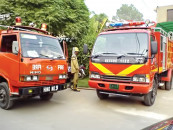
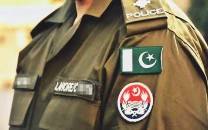
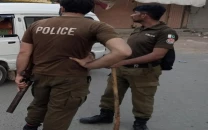
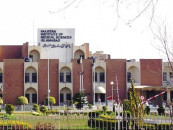
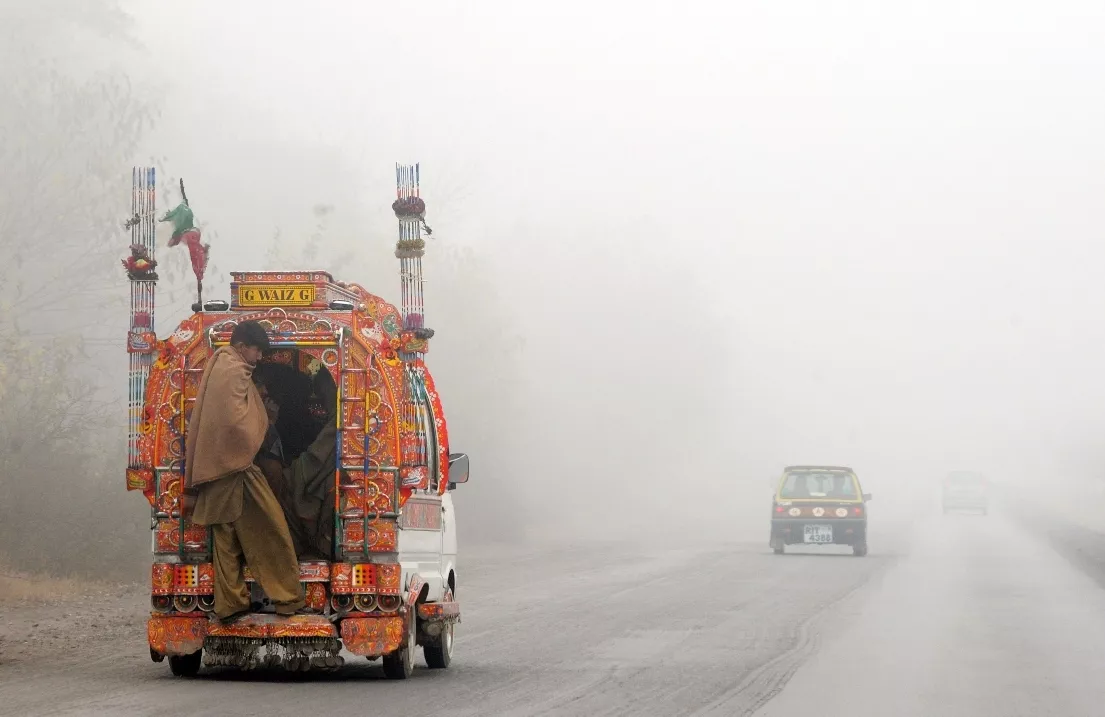













COMMENTS
Comments are moderated and generally will be posted if they are on-topic and not abusive.
For more information, please see our Comments FAQ